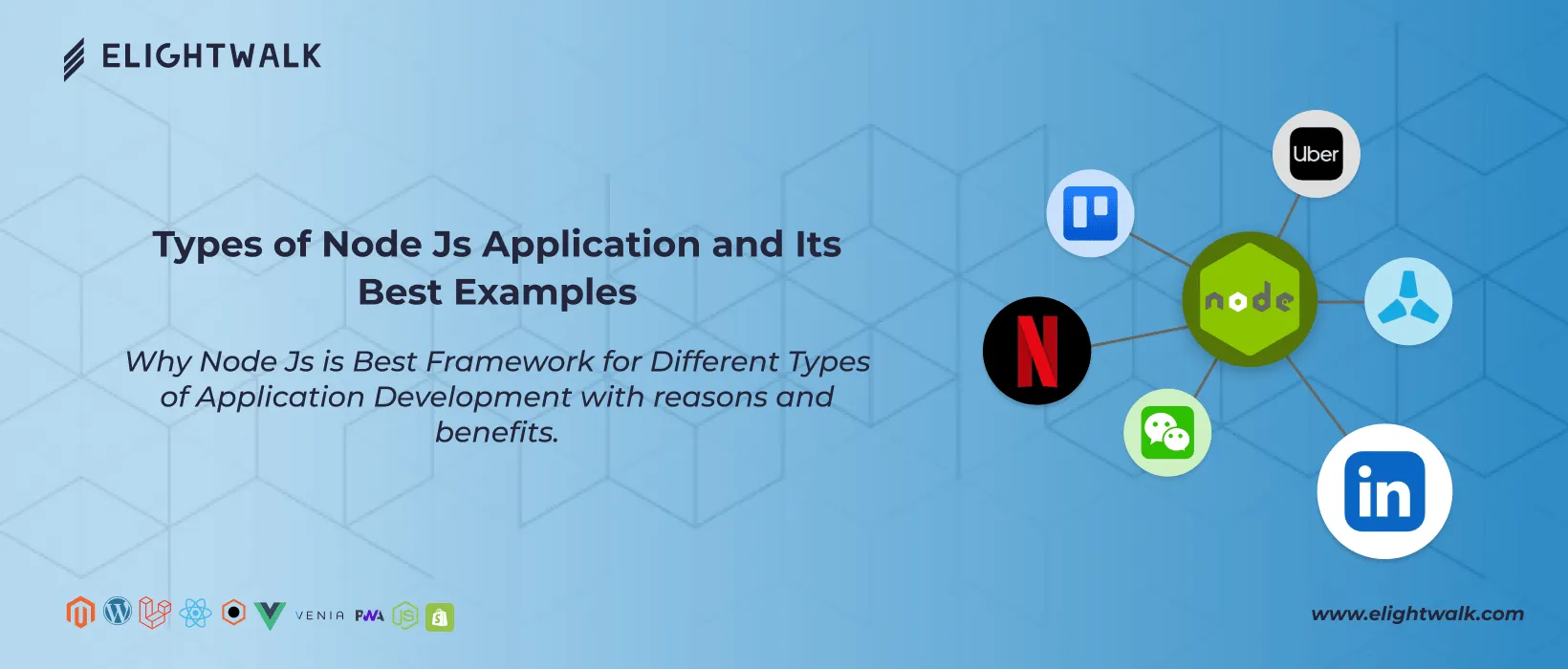Node.js is a lightweight and versatile open-source JavaScript runtime environment and it is preferred by many for its dependability. It is a dependable solution for process automation and powering cutting-edge applications. It is even supported by the likes of Netflix, PayPal, and Uber. Whether you are developing a simple app or a complex, data-centric system, Node.js can speed up the development process and make it more efficient.
With its out-of-the-ordinary scalability, velocity, and efficiency, it is hardly surprising that around 98% of Fortune 500 companies name Node.js as the top choice in their development strategy. Before we look at some of its implementations, let's see together the pros and cons of Node.js and understand how it works under the hood. This is the way you will understand the core principles of its transformational development in recent times.



